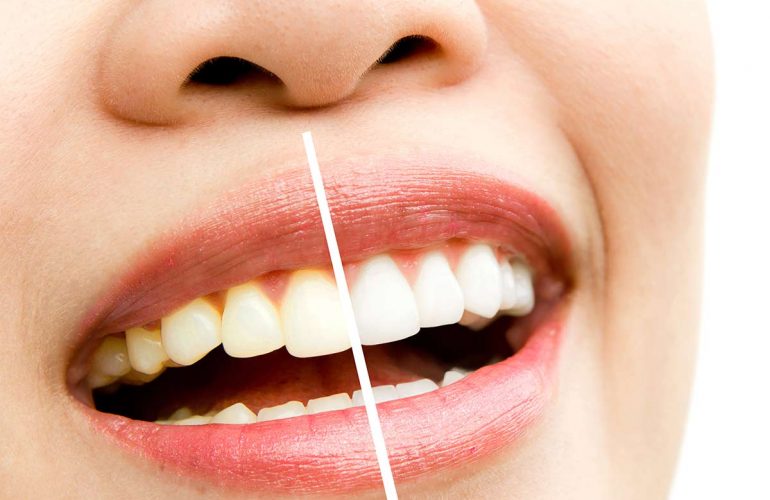
According to American Academy of Periodontology Lasers can be used to treat periodontal disease. many dentist may recommend lasers over traditional surgery as a treatment option because they prefer non-surgical management of periodontal disease. Laser technology demonstrates positive effects on decreasing bacteria, removing calculus, assisting in tissue reattachment, and bio-stimulation for better healing.
Current controlled studies have shown that similar results have been found with the laser compared to specific other treatment options, including scaling and root planing alone. Scaling and root planing is a traditional non-surgical therapy used to treat periodontal diseases.
There are many variations of passages of Lorem Ipsum available, but the majority have suffered alteration in some form, by injected humour, or randomised words which don’t look even slightly believable.
There are many variations of passages of Lorem Ipsum available, but the majority have suffered alteration in some form, by injected humour, or randomised words which don’t look even slightly believable.
Dental Implant
Emergency Care
Teeth cleaning
What Is Periodontal Disease?
Gum disease is caused by plaque, a sticky film of bacteria (germs) that constantly forms on the teeth. These bacteria create toxins that can eventually damage the gums and the bone surrounding the teeth.
Periodontal diseases are caused most often by a combination of bacteria and dental plaque. Symptoms may include.
Dental Services Includes :

How Gum Disease Laser Therapy Works?
In periodontal therapy, the provider uses a dental laser to access and remove the inflamed gum tissue from around the tooth root. When the infected tissue is removed and the root is exposed, the root scaling and root planing begins. This involves scraping off the calculus and plaque built up below the gum line and around the root surfaces. The dentist then smooths the root with instruments to remove any rough spots that might attract bacteria and cause future infections. The area between the gum and the root can then regenerate during the healing process.
How Gum Disease Laser Therapy Works?
Lasers are considered leading-edge treatment for periodontal disease. Advantages of laser treatment include:
The Benefits Of Laser Treatment

Laser gum therapy vs. traditional gum surgery
While some severe cases of periodontitis necessitate traditional surgery, laser gum therapy is generally a viable alternative for most patients. Laser therapy does not require scalpel or sutures, making it minimally invasive with little pain or discomfort. Because Laser therapy does not require the cutting of gums to decrease pocket depth, there is little to no gum line recession, nor aesthetic alteration of your smile. The laser is able to distinguish between diseased and healthy tissue, leaving healthy tissue unaffected; this makes the procedure exceptionally selective and safe. The laser removes diseased tissue and kills living bacteria without compromising healthy gum, tooth, and bone tissue.
Differences Between Traditional Gum Surgery And Laser Gum Therapy
Pain- Traditional surgery is can be very painful as it requires cutting and suturing of the gums. Post-operative pain medication is usually prescribed and rest time is needed as part of recovery. Many patients opt to have damaged teeth extracted to avoid the discomfort of dental surgery. Gum laser therapy protocol causes considerably less discomfort and rarely requires post-operative pain medication. There is also minimal recovery time needed, allowing patients to return to their daily routine almost immediately.
Recession- Traditional periodontal surgery requires that the gum line be cut down to decrease pocket depth. Gum line recession is usually between 2-4mm; however, in severe cases of periodontitis, the gum line may recede as much as 10-15 mm. The recessed gum line exposes tooth roots, which can be particularly sensitive to hot and cold, causing the patient discomfort while eating or drinking. Laser gum therapy is less invasive and more selective. The laser removes only damaged tissue and does not impact nearby healthy gum and bone, resulting in no significant gum line recession. This preserves the natural appearance of the patient’s smile.
Healing Time

Laser therapy does not require surgical cutting and sutures and is selective in the tissue it removes, allowing for rapid healing. The laser kills the bacteria and reduces inflammation, preserving and supporting healthier tissue.
Long-term results- Laser therapy protocol results are much more predictable in terms of bone regeneration and tissue attachment. The Perio-Lase® MVP-7™ stimulates the root surface, promoting regeneration and attachment. Teeth otherwise considered hopeless can be saved, restoring and functionality. Patients show further improvement after LANAP® protocol as regeneration and reattachment continue after the procedure is complete.
Our staff is here to assist you with all your dental needs. One benefit of choosing Omni Dental is that we offer most specialties in-office so we rarely have to refer our patients to other practices. You can learn more about our specialties on our website, including cosmetic dentistry, oral surgery and orthodontics.
Our goal is to ensure that our patients are always as comfortable as possible during dental treatment, especially children. Our office includes children’s decor and a playing cartoon on screen to help make going to the dentist more fun.





